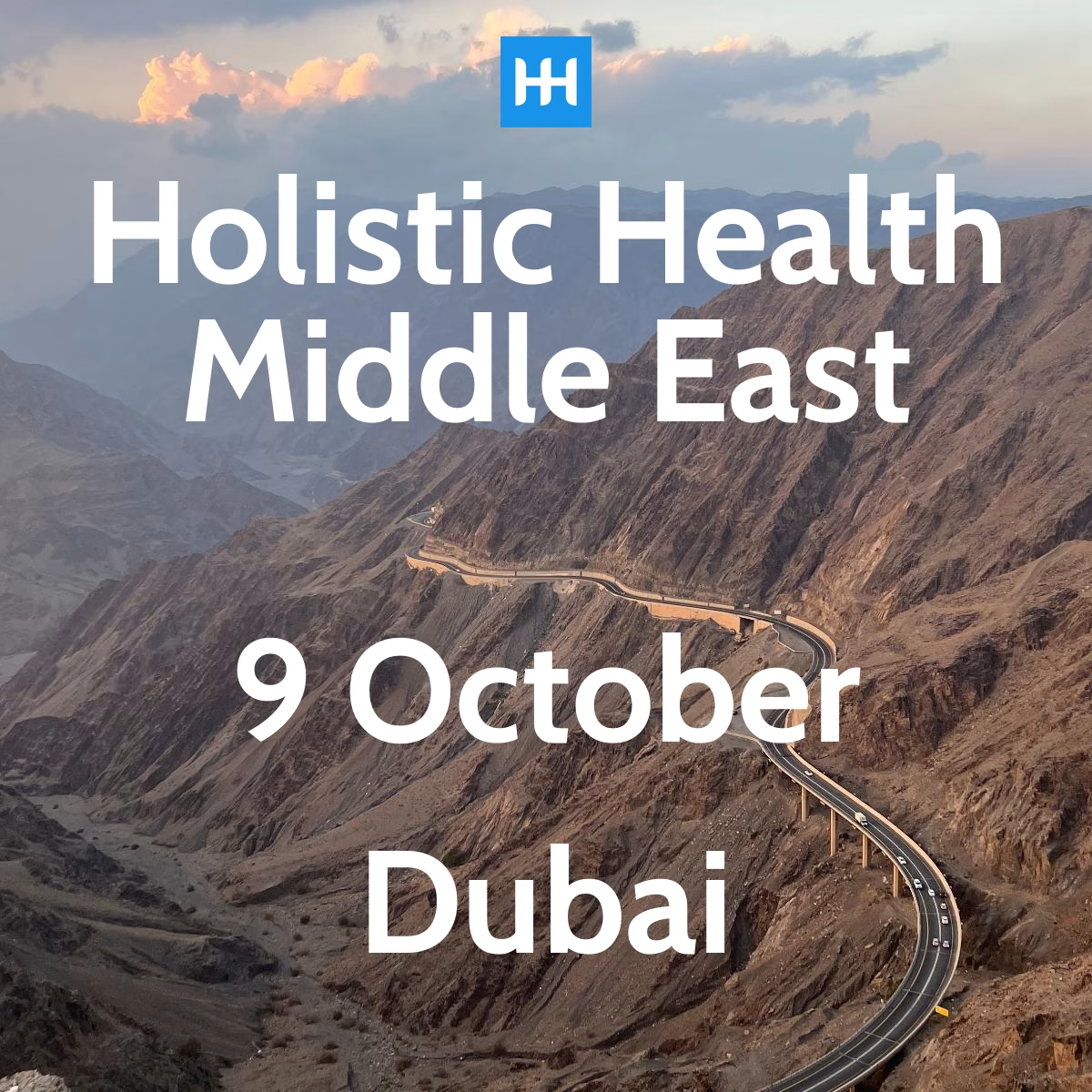The rapidly evolving pharmaceutical industry requires an equally swift evolution from its logistics partners. Sensitive medications require carefully temperature-controlled transportation. With vast distances to cover across different regions, the pressure is on. Combine this with a shift towards personalized medication and bio-specific treatment and we see increasingly small delivery batches, which adds pressure to transportation pressures.
Last-mile delivery is often the costliest component in the overall logistics chain. In fact, last-mile delivery accounts for around 60% of all logistics costs in the pharmaceutical industry – by far the highest percentage. Other costs are divided up as below:
- Picking and storage is around 30%
- Packaging is 5%
- Airfreight is 3.5%
- Sea freight is less than 1.5%
There are several reasons as to why the last-mile delivery of pharmaceutical products has the highest cost, and it’s not only because of temperature and good distribution practice (GDP) requirements. If we scratch beneath the surface, last-mile delivery in the pharmaceutical industry is not a one-size-fits-all model.
Take for example, delivering medicine to remote village clinics in East Africa; these clinics are not equipped to receive high volumes of stock, so they require the frequent delivery of small parcels. In South Sudan, CEVA Logistics delivers malaria medication boxes to village clinics, which involves a large number of complex last-mile journeys. The distances between clinics can be upwards of 100km and our CEVA teams also face the challenge of poor or non-existent infrastructure, with roads that flood frequently in the rainy season and a lack of phone network coverage. This calls for a logistics operation that relies on local knowledge, precise planning, and a determination to deliver, whatever the circumstances.
CEVA also works with humanitarian agencies to deliver in disaster zones. This calls for a different skill set, working effectively with the individuals and groups who are controlling the region. Given the complexity of fast-moving situations, with access under threat and unstable conditions, making last-mile deliveries of medical supplies and equipment to people in need can be even more costly. It involves transforming reefer containers into shift pharmaceutical warehouses and it is very common to have trained and armed personnel safeguarding the stock 24/7.
On the other hand, many sophisticated last-mile deliveries can be classified as white-glove operations, where everyone in the process enjoys the right training, environment, and conditions to deliver excellence. CEVA prides itself on executing a caring delivery service to patients and pharmacists across the globe.
“At CEVA’s pharma centre in Europe, our driver who executed regular delivers to a patient noticed that patient’s health was deteriorating and alerted medical staff. It was soon discovered that the patient was not receiving sufficient medication for his condition. It is the training and the passion of each and every pharma logistician, especially in the last mile delivery that makes a difference.” - Eric Ten Kate

Eric Ten Kate, Global Sector Leader, Healthcare, CEVA Logistics
Niche expertise for bespoke delivery
As the logistics of the pharmaceutical industry head towards an emphasis on patient-centric delivery, highly niche expertise is becoming pivotal. Customers’ need for end-to-end visibility is a new factor for logistics providers while delivering the product in the right condition at the right time and place has not changed. Through our CEVAforPatients offering, we’re able to meet the varying requirements of our pharmaceutical clients, including bespoke and personal deliveries.
Another last-mile example that requires a very specific approach is strong opioids, which are tightly regulated. Stock is kept in highly secured premises and the last-mile delivery may require a ministry-authorized pharmacist to be present at all times during the handling and delivery of this medicine to the respective hospital for patient usage. Nonetheless, in many progressive countries, pharmaceutical warehouses are being transformed into de facto on-site pharmacies, with certified pharmacies as patients are collecting products directly from warehouses.
Given the variety of geographies, customer requirements, and the nature of the product, it comes as no surprise that running a smooth last-mile delivery logistics operation for pharmaceutical customers incurs costs that are not part of standard (cold chain) logistics solutions. There’s the necessary regulatory compliance (with GDP standards), plus staff training and certification, and then there’s a call for specialized equipment, including caged shelves, effective cold rooms, state-of-the-art tracking systems, dehumidifying equipment where applicable, piece picking, and more. On average pharma grade storage is between 30-50% more expensive per square meter compared to fast-moving consumer goods (FMCG).
But it doesn’t end there; in the developing world, even the basic costs are high. And the insecurity of the energy network adds to the problem, pushing costs higher.
“In many parts of the developing world, in particular the African continent, pharma cold chain warehousing costs are subject to the reality of frequent power outages. This forces service providers to use diesel-consuming generators as the only option to mitigate this risk. Subsequently, this pushes costs to the consumer, or government subsidising by the taxpayer, linking it to global fuel prices and impacting the cost of healthcare efficiency to those that need it the most.” - Brandon Cook

Brandon Cook, Regional Ocean Freight Leader MEA, CEVA Logistics
At CEVA we’re constantly looking to improve our solutions and services, something which is essential in the fast-moving development of pharmaceutical logistics. The last-mile delivery of medications is a sophisticated process, which demands appropriate training for everyone involved, as well as ensuring all facilities and transportation assets align with best global practices. While costs may appear high at first glance, they underpin the meticulous logistic processes and requirements to adhere to rigorous quality standards. It’s CEVA’s commitment to maintain safe and effective deliveries that ensure lifesaving medicine reaches patients in need, wherever they are.





















